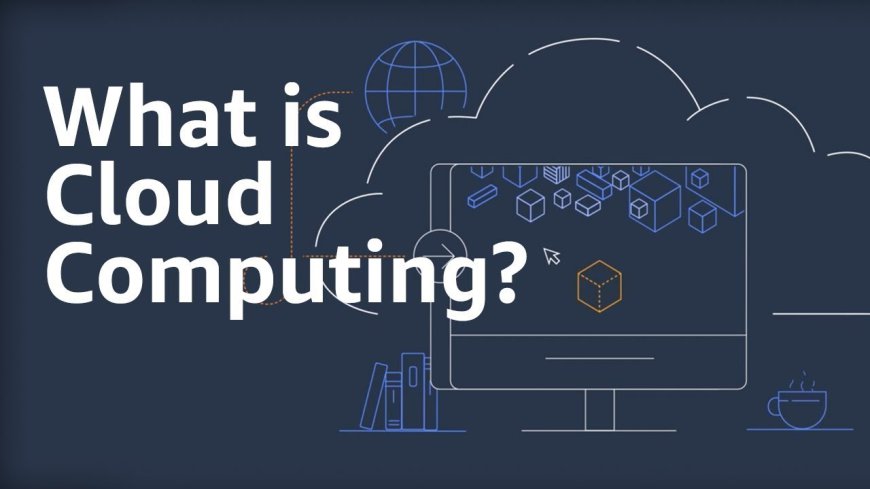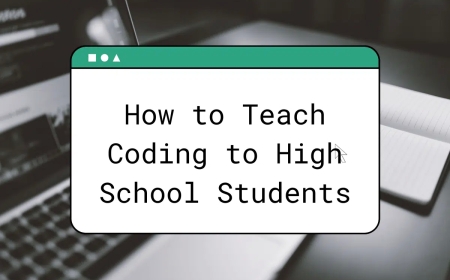How Cloud Computing Is Changing Education

Cloud computing is revolutionizing various sectors, and education is no exception.
By providing scalable, flexible, and cost-effective solutions, cloud technology is enhancing the learning experience and making education more accessible. Here are ten key ways cloud computing is impacting modern education. 
Access to Resources
Cloud computing offers students and educators easy access to a wide range of educational resources. From e-books to interactive learning tools, cloud-based platforms provide a wealth of materials that can be accessed from anywhere at any time.
Collaboration
Cloud technology facilitates collaboration among students and teachers. Tools like Google Classroom and Microsoft Teams allow for seamless communication and teamwork on projects, assignments, and discussions, regardless of physical location.
Cost-Effective Solutions
Schools and universities can reduce costs associated with physical infrastructure and maintenance by leveraging cloud services. This allows educational institutions to allocate funds to other critical areas, such as improving teaching methods and student services.
Scalability
Cloud computing provides scalable solutions that can easily adapt to the growing needs of educational institutions. Whether it's accommodating more students or expanding the range of courses offered, cloud services can scale up or down without significant investment in new hardware.
Enhanced Security
Cloud service providers offer robust security measures to protect sensitive data. Educational institutions can benefit from advanced security protocols that ensure the safety of student records, financial information, and other critical data.
Personalized Learning
Cloud-based platforms enable personalized learning experiences by providing adaptive learning tools that cater to individual student needs. These tools can adjust content and assessments based on student performance and learning pace.
Real-Time Updates
Cloud computing allows for real-time updates and instant access to the latest educational content. This ensures that students and teachers always have the most current information and resources at their disposal.
Data Storage and Management
Educational institutions generate vast amounts of data. Cloud storage solutions offer efficient data management and retrieval systems, making it easier for educators to track student progress, analyze performance, and make informed decisions.
Remote Learning
The shift towards remote learning, accelerated by the COVID-19 pandemic, has been significantly supported by cloud computing. Students can attend virtual classes, access course materials, and submit assignments from the comfort of their homes.
Innovation in Teaching
Cloud computing fosters innovation in teaching methodologies. Educators can incorporate multimedia elements, virtual labs, and interactive simulations into their lessons, making learning more engaging and effective. In conclusion, cloud computing is playing a transformative role in modern education. By offering enhanced accessibility, collaboration, and security, it is paving the way for a more efficient and inclusive learning environment. As technology continues to evolve, the impact of cloud computing on education will only grow, making it an indispensable tool for the future of learning. Follows Us for More Updates Like Us on Facebook Page : Click Here Like Us on Instagram : Click Here




























